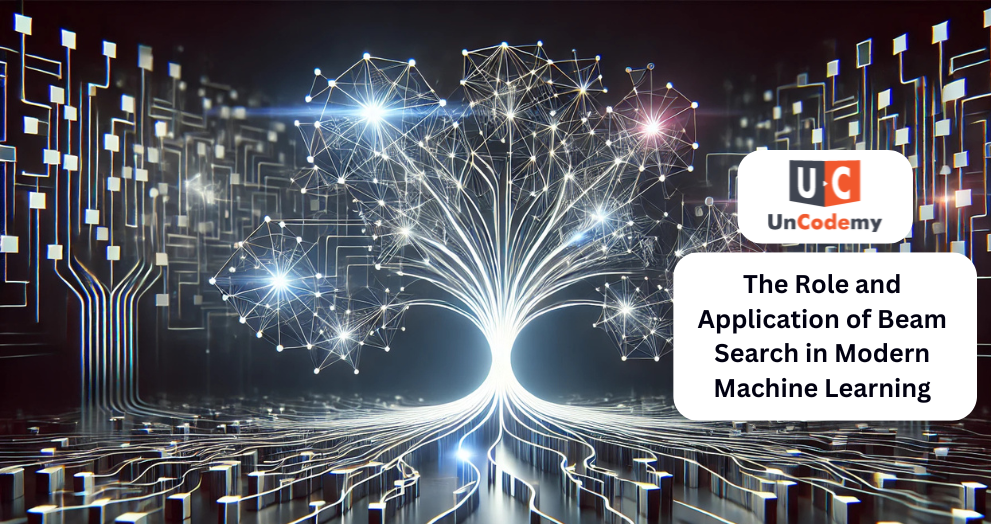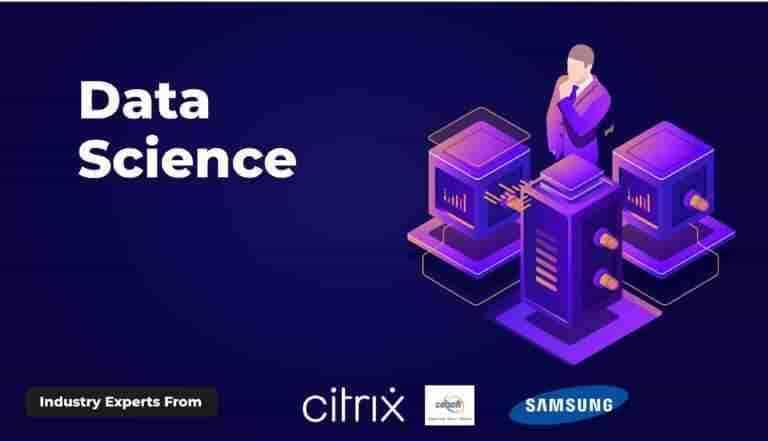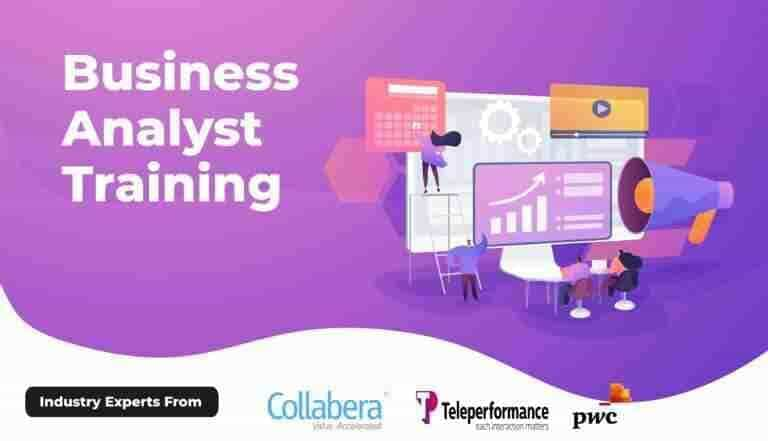The Role and Application of Beam Search in Modern Machine Learning



In the rapidly evolving field of machine learning, a vast array of algorithms and techniques has been developed to solve complex tasks. From natural language processing (NLP) to computer vision, machine learning models are designed to interpret, predict, and generate information. One of the fundamental problems faced by many machine learning systems is making decisions under uncertainty, where the output is not directly deterministic but depends on a sequence of decisions made over time. This is especially true in sequence-to-sequence tasks such as translation, text generation, and speech recognition.
Beam search is a fundamental search algorithm that plays a crucial role in improving the performance of such systems, particularly in tasks where predicting the best sequence of outputs is critical. This blog post delves into the mechanics of beam search, its role in modern machine learning applications, and how it enhances decision-making processes within models.
Machine learning is a branch of artificial intelligence (AI) that focuses on building systems capable of learning from data, identifying patterns, and making decisions with minimal human intervention. Unlike traditional programming, where explicit instructions are provided for each task, machine learning models improve their performance by learning from experience and data.
For instance, a machine learning model used for email spam filtering can learn from examples of spam and non-spam emails and subsequently classify new emails correctly, based on the patterns it has learned.
At the core of machine learning are algorithms that drive the learning process. These algorithms can be classified into several categories based on the nature of the learning and the type of data available. Here are some of the machine learning algorithms that are commonly used:
Machine learning algorithms can be broadly classified into three primary types based on the nature of the learning process and the available data:
Supervised learning is the most common type of machine learning. In supervised learning, the algorithm learns from labeled training data, where both the input features and the target labels are provided. The goal is to learn a mapping from inputs to outputs so that the model can predict the correct output for unseen data.
Examples of supervised learning algorithms include linear regression, decision trees, SVM, and neural networks. Supervised learning is used for tasks like classification, regression, and forecasting.
In unsupervised learning, the algorithm is given data without explicit labels. The goal is to identify underlying patterns or structures within the data. Common techniques include clustering (grouping similar data points) and dimensionality reduction.
Examples of unsupervised learning algorithms include K-means clustering, hierarchical clustering, and PCA.
Reinforcement learning (RL) is a type of machine learning where an agent learns to make decisions by interacting with an environment. The agent receives feedback in the form of rewards or penalties based on its actions, and the goal is to maximize cumulative rewards over time.
Reinforcement learning is often used in applications where an agent must perform a sequence of actions to achieve a goal, such as in robotics, gaming, and autonomous vehicles.
Machine learning relies heavily on data, and databases play a crucial role in storing, managing, and accessing that data. Databases enable machine learning models to access large volumes of structured and unstructured data efficiently. Let’s take a look at the importance of databases in the context of machine learning:
Machine learning models need large datasets to train effectively. Databases provide a structured way to store and retrieve this data. Relational databases (such as MySQL, PostgreSQL) and NoSQL databases (such as MongoDB, Cassandra) are commonly used for storing training data, feature vectors, and model outputs.
Before training a model, the raw data often requires preprocessing—cleaning, normalization, and transformation—so that it is suitable for machine learning tasks. Databases provide efficient querying and data manipulation capabilities that are essential during this preprocessing stage.
Machine learning models require access to massive datasets, often stored across multiple locations. Databases provide optimized querying languages (SQL for relational databases and more flexible query methods for NoSQL) that enable machine learning engineers to access and filter data as needed for model training.
Machine learning workflows often require the processing of large datasets. Databases, especially distributed systems like Hadoop or cloud-based data lakes, allow for scalable storage and retrieval, ensuring that large volumes of data can be handled efficiently.
In machine learning, it’s crucial to track the versions of datasets, features, and models over time. Databases help manage this versioning process by ensuring the use of the right datasets for training and evaluation and enabling the reproducibility of results.
Beam search is an optimization of the more traditional breadth-first search algorithm. It explores a decision tree or space of possible outputs in a way that prioritizes the most promising candidates for expansion. In essence, beam search strikes a balance between exhaustive search and greedy search by considering multiple possibilities at each step and selecting the most promising options based on a heuristic.
Suppose you are using a machine learning model, such as a recurrent neural network (RNN) or transformer, to generate a sequence of words. At each time step, the model outputs a probability distribution over all possible next words given the current state. The task is to generate the sequence of words that is most likely to be correct (or optimal) based on the model’s learned parameters.
Without beam search, a simple greedy algorithm would choose the word with the highest probability at each step and continue this process until the end of the sequence. This approach, however, can often lead to suboptimal solutions because it doesn’t consider alternative word choices that might have lower immediate probabilities but ultimately result in a better overall sequence.
Beam search addresses this limitation by maintaining a fixed number (the “beam width”) of top candidate sequences at each time step. Rather than selecting just the highest-probability word, the algorithm keeps track of multiple possible word sequences and chooses the next word based on the combined probabilities of all candidate sequences. After expanding these sequences, the algorithm prunes the candidates to the top-K sequences, where K is the beam width. The process continues iteratively until the entire sequence is generated.
The key steps in beam search are as follows:
The beam width (K) plays a critical role in the trade-off between computation and accuracy. A larger beam width considers more alternatives at each step, which generally leads to higher-quality sequences but also increases the computational cost. Conversely, a smaller beam width speeds up computation but might result in suboptimal sequences due to the limited search space.
In NLP, tasks like machine translation, text summarization, and question answering often involve generating a sequence of words based on an input. For example, in machine translation, a sequence of words in one language must be translated into a corresponding sequence of words in another language.
Beam search has become indispensable for improving the quality of generated sequences in these tasks. In the case of neural machine translation (NMT), where an encoder-decoder architecture (e.g., based on LSTMs or transformers) is used, beam search helps generate fluent and grammatically correct translations by exploring multiple candidate phrases. This helps mitigate the problems that arise when relying on greedy decoding, such as repetitive or semantically incorrect outputs.
Text generation models like GPT (Generative Pretrained Transformer) and other autoregressive language models generate coherent, contextually appropriate text based on a given prompt. While these models are highly capable, generating long sequences of text that are both relevant and fluent can be challenging. Beam search is often applied to guide the generation process by considering the top-k possible sequences at each step. This improves the overall quality of the text and ensures that the model doesn’t get stuck in repetitive loops or produce incoherent statements.
For instance, when generating a long paragraph or story, beam search ensures that the model does not favor short, potentially irrelevant phrases but instead creates a sequence that is more likely to fit the given context.
In automatic speech recognition (ASR), a model is tasked with transcribing spoken language into text. The challenge lies in selecting the most probable transcription sequence from an extremely large space of potential outputs, especially when words or phrases may sound similar or when the input speech contains background noise.
Beam search plays a key role in this process by efficiently searching for the best transcription. It works by considering multiple hypotheses (possible transcriptions) at each step and pruning the less likely ones. As a result, beam search helps ASR systems generate more accurate transcriptions while maintaining computational efficiency.
Image captioning is another area where beam search is crucial. In this task, the goal is to generate a textual description of an image, which typically involves identifying objects and actions within the image and describing them in a natural language sentence. Modern image captioning models often combine convolutional neural networks (CNNs) for feature extraction with recurrent neural networks (RNNs) or transformers for sequence generation.
Here, beam search ensures that the caption generated is not just a series of random words but a coherent and accurate description of the image. By considering multiple possible captioning sequences and selecting the top candidates, beam search helps generate more meaningful and contextually appropriate captions.
While beam search optimizes locally at each time step, it doesn’t guarantee globally optimal results. Some potentially good solutions may be discarded prematurely, especially if the beam width is too small.
Selecting the optimal beam width can be challenging. A larger beam width improves output quality but increases computational cost, while a smaller width speeds up computation but may result in less accurate results.
Beam search tends to favor high-probability sequences, which may result in less diverse outputs. For tasks like creative text generation, alternatives like random sampling or nucleus sampling may be better suited to introduce more variability.
Beam search has firmly established itself as a critical component in modern machine learning, especially in tasks that require the generation of sequences of data, such as in NLP, speech recognition, image captioning, and more. Its ability to balance between exhaustive search and greedy search allows models to generate high-quality outputs without being computationally prohibitive. Despite its limitations, such as the potential for local optimization and challenges with output diversity, beam search continues to be a go-to method for improving the accuracy and fluency of sequence generation tasks.
As machine learning systems become more complex and capable, beam search will likely remain an integral part of many advanced models, albeit with refinements and optimizations tailored to specific use cases. Understanding its strengths and weaknesses is key to leveraging it effectively in the development of cutting-edge machine learning applications.
Beam Search is a heuristic search algorithm used in machine learning to find the most likely sequence of outcomes by exploring multiple candidates at each step and pruning to the top-k sequences. It balances exhaustive search and greedy algorithms to improve output quality.
Beam search generates multiple candidate sequences at each step, retaining the top-k based on probability scores. It iterates until the sequence is complete, producing better sequences than greedy algorithms that only focus on the best immediate choice.
The beam width (k) refers to the number of top candidate sequences kept at each step. A larger beam width explores more possibilities, yielding more accurate results, but it increases computational complexity. A smaller beam width speeds up processing but may miss optimal solutions.
In Natural Language Processing (NLP), Beam Search is crucial for tasks like machine translation and text generation. It ensures that the model generates coherent, accurate sequences by considering multiple potential outputs instead of relying on a single greedy choice, improving overall text quality.
Beam Search balances between exhaustive search and greedy search. It considers multiple possibilities, avoiding suboptimal solutions and producing higher-quality outputs. It’s computationally more efficient than exhaustive search while still being effective for complex sequence generation tasks.
Beam Search may not always find the globally optimal solution, as it prunes less likely candidates early in the process. It tends to favor high-probability sequences, reducing output diversity. Optimizing the choice of beam width can also be challenging.
In machine translation, Beam Search generates the most probable translation by exploring various translation candidates. The algorithm improves fluency and accuracy by evaluating multiple paths and selecting the best possible sentence, avoiding rigid, one-to-one translations.
Yes, Beam Search is used in image captioning to generate textual descriptions of images. The model generates multiple candidate sentences based on features extracted from the image, and Beam Search selects the most likely, fluent caption by considering the top sequences at each step.
In speech recognition, Beam Search helps find the most accurate transcription by evaluating multiple hypotheses. It maintains the top candidate transcriptions at each time step, considering context and linguistic patterns, ensuring higher accuracy than a greedy approach that may overlook better options.
Beam Search generally performs better than Greedy Search, as it evaluates multiple possibilities instead of settling on the first choice. However, it can still miss the optimal solution, especially with a small beam width. The trade-off between accuracy and computation depends on the task.
Personalized learning paths with interactive materials and progress tracking for optimal learning experience.
Explore LMSCreate professional, ATS-optimized resumes tailored for tech roles with intelligent suggestions.
Build ResumeDetailed analysis of how your resume performs in Applicant Tracking Systems with actionable insights.
Check ResumeAI analyzes your code for efficiency, best practices, and bugs with instant feedback.
Try Code ReviewPractice coding in 20+ languages with our cloud-based compiler that works on any device.
Start Coding TRENDING
TRENDING BESTSELLER
BESTSELLER BESTSELLER
BESTSELLER TRENDING
TRENDING HOT
HOT BESTSELLER
BESTSELLER HOT
HOT BESTSELLER
BESTSELLER BESTSELLER
BESTSELLER HOT
HOT POPULAR
POPULAR